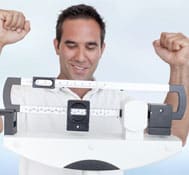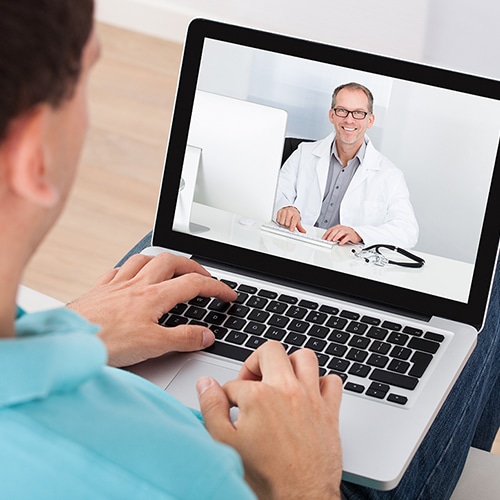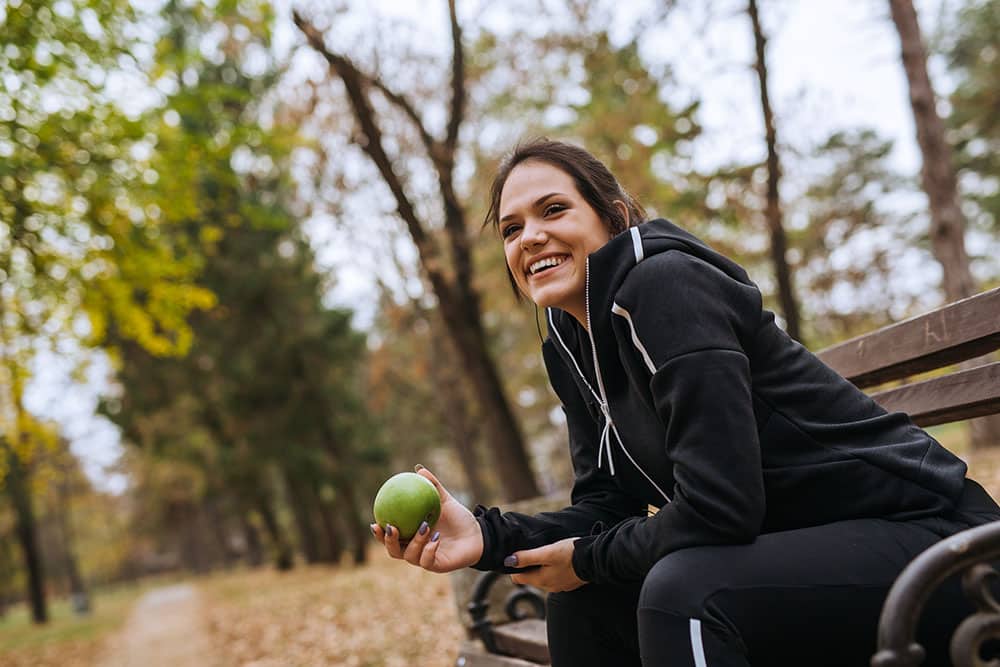We’ve all done it; made too much food the night before and decided to eat the leftovers for lunch the next day and that’s a great idea! Essentially a form of meal prepping which is great for dieting, cooking extra in the evening and eating the next day too saves time and keeps you on track with eating well. However, there is a downside to eating leftovers and we talk these through below.
How Long Do Leftovers Keep?
A question you need to know the answer to if you’re going to avoid a sore stomach, how long do leftovers actually keep?
Well, according to the NHS, if you’re storing your leftovers in the fridge to eat sometime soon, you need to cool them down within 2 hours and then consume within 2 days of originally making them.
As for the freezer, if you don’t want to eat your leftovers immediately, then you can freeze them and they will last a lot longer. You can freeze pretty much anything but must do so in an airtight container to preserve the quality.
When defrosting leftovers for reheating, you must have fully defrosted the food before attempting to heat it in a pan, the oven or the microwave. You must also consume defrosted leftovers within 24 hours of getting them out the freezer.
Once frozen leftovers have been reheated, it is not recommended to refreeze them as this increases the chances of bacteria growing.
How Do You Reheat Leftovers?
Some leftovers can be enjoyed cold but many are best served warm, which means reheating and this is where problems can be created if not done properly.
As mentioned above, frozen leftovers must be completely defrosted before you attempt to reheat. It is best to reheat leftovers in the oven, microwave or on the hob over medium heat and reheat slowly. A short blast of high heat is likely to heat/burn the outside but not cook the inside.
The NHS recommends that leftovers are properly heated when they stand at a temperature of at least 70C for two minutes – this applies for frozen and refrigerated leftovers.
If your leftovers have an unusual smell before or after reheating, do not eat as they may have gone off.
What Issues Can Leftovers Cause?
If you do not store or reheat leftovers properly, they can become dangerous for your digestion.
Bacteria can grow on food as it is cooling down and you need to minimise this by getting the leftovers into a cold environment like the fridge or freezer as soon as possible, ideally within two hours.
Reheating your food properly kills the bacteria that may have grown, therefore making it safe to eat, hence reheating properly is also so important.
Not storing or heating leftovers correctly can lead to food poisoning and stomach aches, so it is definitely something you want to seriously.
Are There Any Foods You Can’t Reheat?
There aren’t really any foods you absolutely can not reheat but there are some that are trickier than others. For example, potatoes, mushrooms and rice can be hugely dangerous reheated if they weren’t stored in the fridge quick enough after initially being cooked. These foods grow nasty strains of bacteria at a high speed if not kept at a low temperature and they aren’t always killed by reheating.
Chicken, fish and other meats are tricky with reheating for a different reason and that’s because the whole pieces of meat or fish must have reached a very high temperature after reheating to be considered safe. We would say if you are, or would like to be a leftover queen, then purchasing kitchen gadgets such as a meat thermometer would be really beneficial.
BUT – do not be put off batch cooking and keeping leftovers for next day meals because the cooling, storing and reheating processes sound challenging.
Leftovers can be a great tool for dieters to keep you on track with eating meals that suit your food plan and by following these guidelines, you can enjoy meals the day after making them safely!















